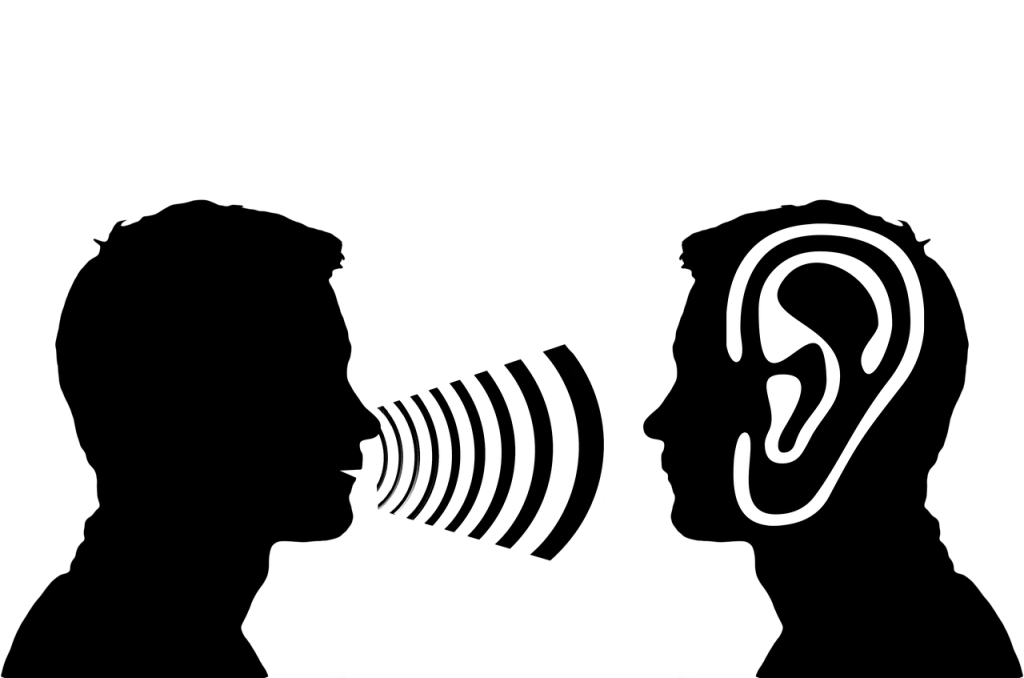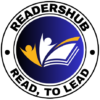Learning can be a challenge, even for the most gifted student. Everyone learns differently, and the challenges that arise can vary greatly. From struggles with reading comprehension to difficulty understanding abstract concepts, there are a variety of learning challenges that can affect students. Fortunately, there are steps that can be taken to help overcome these obstacles. In this blog post, we will take a look at some of the common learning challenges that students face, and provide tips on how to overcome them.
Auditory Processing Disorder
Auditory processing disorder (APD) is a learning disability that affects how the brain processes auditory information. It can lead to difficulty understanding what is heard, making it difficult for the student to comprehend spoken words and phrases, or even comprehend the sounds in words. Symptoms of APD include difficulty with language development, difficulty following directions, difficulty discerning volume and pitch, difficulty distinguishing similar sounds, difficulty recognizing nonverbal cues, and difficulty paying attention and staying on task.
Students with APD may have trouble hearing certain frequencies and struggle to separate background noise from speech. They may also experience difficulty when trying to follow multi-step instructions or even simply remembering what has been said.

To overcome APD, it is important for educators to create an environment that allows students to focus on one sound at a time, such as using closed captioning on the television or using visuals during classroom instruction. Educators should also provide multiple pathways of instruction, such as hands-on activities, visual aids, and audio aids to help support students with APD. Additionally, they should break instructions into shorter chunks and allow students to use personal visual organizers to keep track of assignments. Finally, using technology, such as assistive listening devices, can help make sound clearer and easier to hear.
Dysgraphia
Dysgraphia is a learning disability that affects written expression. It can cause problems with organizing thoughts on paper, handwriting, spelling, and grammar. Dysgraphia can be hard to diagnose since it presents differently in each student. Common signs include poor handwriting, letter reversal (e.g., writing “b” for “d”), omitting words when writing, difficulty forming letters, writing words backward, slow writing speed, poor spelling, and leaving out words or leaving unfinished words when writing.

Students with dysgraphia often feel overwhelmed when completing written assignments and may require extra time to complete them. Working memory can also be impacted by this disorder, making it difficult to recall instructions and remember the steps of a task.
There are a few ways to help students with dysgraphia. First, provide frequent breaks during written tasks and allow for verbal responses instead of written ones. Additionally, use technology to help with written assignments. Typing or voice recognition software can help with spelling, grammar, and structure, making it easier for the student to focus on their thoughts and ideas. Finally, talk to the student’s teachers to ensure the assignments are structured in a way that takes into account the student’s individual needs.
Dyscalculia
Dyscalculia is a math-based learning disability, where individuals have difficulty comprehending basic concepts and principles of mathematics. This can include an inability to grasp numbers, understand mathematical symbols, and comprehend the relationships between numbers. Those affected may also struggle with concepts such as time and money, counting, and arithmetic operations.
Signs of dyscalculia vary depending on the individual’s age and the severity of the disorder. In school-aged children, signs may include difficulty with memorizing math facts, avoiding activities that involve numbers, using fingers or objects to do calculations, and struggling to solve simple word problems.

Dyscalculia can be diagnosed through a range of tests and assessments. A psychologist or educator typically administers these tests in order to identify the presence of any cognitive difficulties. Once diagnosed, treatment for dyscalculia often includes specialized tutoring, occupational therapy, and/or speech therapy. Additionally, medication and/or behavior modification techniques can also be used to help those affected manage their symptoms.
For students with dyscalculia, it is important to provide an environment where they can learn at their own pace. Break complex tasks into smaller parts and encourage plenty of practice and repetition. Provide tools to assist with problem-solving, such as calculators and computer-based programs, and use visual aids to support learning. Most importantly, ensure that the student has access to ongoing support and assistance when needed.
ADHD
Attention Deficit Hyperactivity Disorder (ADHD) is a common learning challenge that affects many students, particularly those in grades K-12. It is marked by difficulty with focus and concentration, hyperactivity, impulsivity, and disorganization. ADHD can impact a student’s ability to succeed in school and may lead to frustration and low self-esteem.
It can be difficult for parents and teachers to identify ADHD, as the symptoms may overlap with those of other learning disabilities. Common signs include having difficulty staying on task, frequent daydreaming, impulsive behavior, trouble following directions, and restlessness.
Fortunately, there are several strategies that can help students with ADHD manage their symptoms and succeed in the classroom. These include using a planner or calendar to help keep track of tasks and assignments, breaking down large assignments into smaller chunks, providing frequent positive feedback, and limiting distractions such as noise and clutter. It is also important to work closely with teachers and administrators to create an individualized learning plan that will accommodate the student’s specific needs.
With the right accommodations, students with ADHD can succeed both academically and socially. It is important to be aware of the signs and symptoms of ADHD and to provide support to these students so they can achieve their full potential.
Asperger’s Syndrome
Asperger’s Syndrome is an Autism Spectrum Disorder that affects how a person interacts with others and the world around them. It is often characterized by difficulty in social interaction, unusual interests and repetitive behaviors. Children with Asperger’s Syndrome may have difficulty making eye contact, understanding nonverbal cues, or interacting with peers. They may also be overly sensitive to certain sounds, lights, and textures.
Children with Asperger’s Syndrome often have difficulty learning in a traditional classroom setting. They may have difficulty focusing on a single task for extended periods of time, may struggle to process information quickly, and may have difficulty interpreting social cues. They may also experience issues with sensory overload, as they may become overwhelmed by loud noises or bright lights.

Despite the challenges associated with Asperger’s Syndrome, there are ways to help children learn more effectively. For example, providing a quiet space to work and breaking down tasks into smaller chunks can help a child focus and stay on task. Additionally, providing visual aids or prompts can help the child understand and follow instructions more easily. With patience and understanding, children with Asperger’s Syndrome can be successful learners.

Thanks for the write-up. But is it safe to conclude that all the students struggling with Mathematics are suffering from Dyscalculia?
Thanks for your comment. I do not think we can conclude that all students struggling with Mathematics are suffering from dyscalculia. To some students, it could be lack of interest, phobia or laziness.
This article was helpful because it is relatable. I have learned ways to overcome some of my learning challenges.
Thank you!
Thanks for your comments.